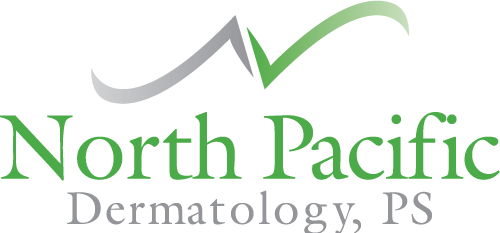Surgical Dermatology: The Mohs Micrographic Surgery Process
Mohs micrographic surgery is a widely performed procedure that is used to treat some of the most common types of skin cancer. Here’s what you need to know about each step of the procedure.
Before Surgery
As mentioned above, Mohs surgery is an effective treatment on some of the most common types of skin cancer. That being said, it’s still important to meet with an American College of Mohs Surgery (ACMS) certified surgeon to determine whether a Mohs procedure is the right treatment for you.
Once your surgeon has determined that this is a viable option, you’ll need to take several important steps before undergoing this surgery.
First, you’ll likely need to stop the use of certain medications for a period of time before your procedure.
In addition, you may be asked to avoid certain foods, beverages, or even fast for a few hours before surgery. It’s also important to note that Mohs surgery can take multiple hours, depending on the size and location of the tissue being removed. Make sure you keep a full day clear, just in case.
Beginning the Surgery
Mohs surgery is typically performed as an outpatient procedure. Since there is almost zero downtime associated with this procedure, you’ll likely be out of the doctor’s office and back at home in a matter of hours.
When it comes time to remove the cancerous tissue, it’s important to remember that the roots of a tumor may extend below the visible area. A local anesthetic will be applied and then the surgery will begin. Your surgeon will start by mapping out where the cancerous tissue is and what they plan to remove. Once that’s done and your anesthetic has taken effect, your surgeon will start by removing the visible portion of your tumor.
During the Surgery
Once the visible portion of cancerous tissue has been removed, your surgeon will then remove a deeper layer of tissue and divide it into color-coded sections. This way, there will be a working map of the surgical site.
In a lab setting, your surgeon will use a microscope to examine those color-coded tissue samples. This is to determine whether there is still cancerous tissue in the surgical site. If cancerous cells are detected in any of the tissue samples, the surgeon will then map where they were found and remove more skin cancer tissue from that specific area.
The goal of structuring the Mohs procedure like this is to ensure that only cancerous tissue is being removed. In this way, healthy tissue can be more easily preserved. The tissue removal and examination process is continued until only healthy tissue remains in the surgical site.
After the Surgery
Once the Mohs procedure is completed and your surgeon feels confident that only healthy tissue remains, it’s time to assess the wound. Skin cancer that covers a larger area often leaves a more serious wound post-procedure. Even small sections of cancer can leave deep wounds with their roots.
At this point, it’s time to consider whether or not cosmetic reconstruction will be necessary at the surgical site. A small removal may not even require reconstruction. But if the cancer was present on a high-use part of the body or it was a particularly large mass, you may need to consider reconstruction for maximum functionality.
If reconstruction is necessary, it often takes place on the same day that the cancerous tissue was removed. This is another reason why it’s smart to keep an entire day free for a Mohs procedure. Once reconstruction has been completed, you’ll need to follow your surgeon’s aftercare instructions carefully. This will ensure your comfort and optimal healing results.
Undergoing Mohs micrographic surgery is not a choice that a patient should take lightly. It requires careful consideration and assessment, especially from your dermatologist.
If you have questions or want to know if Mohs surgery is right for you, don’t hesitate to set up an appointment with a member of our team at North Pacific Dermatology today.
